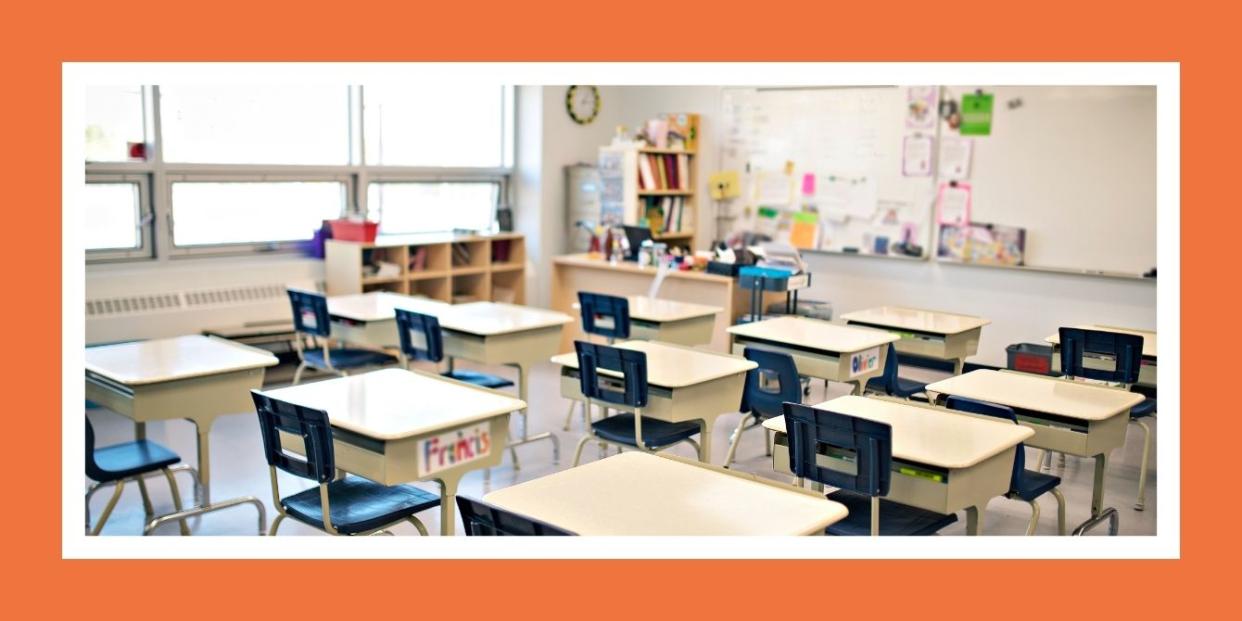Almost 1 in 3 kids are chronically absent from school—and they can’t catch up

As schools (and kids) attempt to get back to normal after COVID changed everything for years, scary data makes the amount of learning that many kids missed feel insurmountable. But even as schools are open, they’re grappling with another problem: Absences are barely declining, even years after schools opened back up.
Attendance Works and Johns Hopkins University’s Everyone Graduates Center analyzed data from the U.S. Education Department and found that during the 2021-2022 school year, two-thirds of kids in the U.S. attended schools with high levels of chronic absence, which is typically defined as missing at least 10% of the school year. Overall, roughly 30% of kids were chronically absent that year, when kids and parents were still reeling from the pandemic.
But in the 2022-2023 school year, when things were largely back to normal, absences barely declined — overall, chronic absences only went down to about 28%.
“An unprecedented wave of chronic absenteeism has spread across the country,” the researchers wrote. “Not only is teaching and learning more challenging when large numbers of students are frequently missing class, such elevated levels of chronic absence can easily overwhelm a school’s capacity to respond.”
For comparison, during the 2017-2018 school year, only about 7% of kids were chronically absent across the U.S. Another interesting trend is that, historically, high schools were more likely to have students who were chronically absent. But in the last few years, increases in chronic absenteeism have been especially pronounced in elementary schools. Chronic absences can affect both graduation rates and literacy rates, and experts aren’t sure how these statistics will mix with the post-COVID data that shows how many kids are behind their age and grade-level benchmarks after school closures in 2020.
“Turning back this wave of chronic absenteeism must be a national, state, district, school, and community priority because it affects the success of most, if not all, efforts to help students recover and thrive in the aftermath of the pandemic,” the researchers wrote.
“These high levels of chronic absence demonstrate the urgent need for systemic responses that rebuild a culture of daily attendance by investing in the underlying positive conditions for learning in schools that motivate showing up while also removing barriers to attendance. This means we must redouble actions to create physically and emotionally healthy and safe learning environments while also cultivating a sense of belonging, connection and support for every student and family.”


